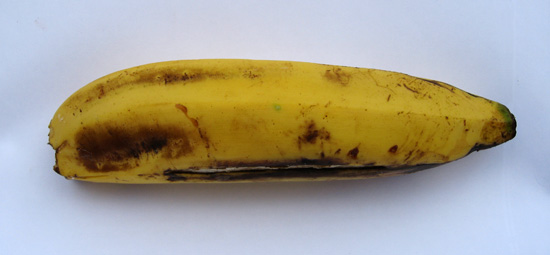Well that’s a bit strong perhaps. What this article, based on an FAO report, does point out, however, is that the burgeoning global livestock sector produces 18% of global carbon dioxide emissions – which is more than transport. It is also having other serious environmental impacts. What to do? The report makes suggestions in the focus areas of reversing land degradation, increasing the efficiency of livestock production, and better water use. Genetic resources could of course contribute to all these.
Grape origins
A paper in Conservation Genetics identifies (not, I think, for the first time) the Caucasus as the centre of diversity and origin of wild grapevine, at least based on microsatellites. A genetic refugium was detected in Sardinia, and it would be interesting to know whether the plastid lineage that is fixed there is responsible for the high levels of procyanidins in some local wines.
The value of pollinators
If you had any doubts about the value of pollinators, this should help to dispel them. An article about the lengths that apiarists in Alaska go to to ensure a good supply of bees each spring.
The lure of the allergen-free peanut
Once again, the appeal of the magic bullet seems to over-ride sensibilities. Scientists at the University of Florida have identified a variant of a peanut protein that is apparently less likely to cause an allergic reaction. This opens the prospect of being able to satisfy the peanut cravings of the more than 2.5 million people in North America and Europe who suffer peanut allergy. But imagine the nightmare of labeling, accidental contamination and downright fraud? There are some pretty choice labels around at the moment. I remember one that read something like “Made in a factory that never processes any kind of nuts” which strikes me as one up on “May contain nuts”. But “Contains ara h 3-im peanuts” doesn’t strike me as all that reassuring.
Bananas at school
The Rainforest Alliance is tooting its own horn about the value of bananas as a teaching tool, in an item about its ideas for using the banana as a basis for several school activities. Intended for young children in non-tropical countries, the ideas struck me as pretty entertaining, and infinitely expandable. Bananas as the basis of surveys and measurement, geography, history, even a bit of botany. There are other possibilities too, only hinted at or completely ignored. But wouldn’t it be cool if other crops were used this way, not as object lessons in themselves, but as the basis for studying all sorts of things?

That, by the way, is Gros Michel, which I had the pleasure of tasting for the first time earlier this year. Just the shift from Gros Michel to Cavendish opens up all sorts of pedagocic possibilities.